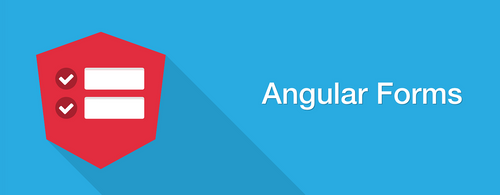In the realm of modern web development, creating robust and secure web applications is a top priority. One essential aspect of this is email validation. When it comes to Angular, a popular JavaScript framework, mastering email validation is key to ensuring data accuracy and enhancing user experience. This comprehensive guide will empower you to become an expert in Angular email validation, providing insights, best practices, and advanced techniques.
Understanding the Importance of Email Validation in Angular
Email validation is not just about checking if an input field contains the "@" symbol. It's about confirming the correctness and viability of an email address. Proper email validation in Angular can prevent various issues, including submission of invalid addresses, spam submissions, and data inconsistency.
Angular provides a robust framework for building web applications, and it offers powerful tools for handling form validation, including email validation. To harness this power effectively, let's explore some best practices and advanced techniques.
Leveraging Angular's Built-in Validators
Angular comes with a set of built-in validators that make email validation a breeze. These validators are part of the @angular/forms module, and they can be used to validate email input fields easily. Here's an example of how to use Angular's built-in email validator:
import { Component } from '@angular/core';
import { FormBuilder, Validators } from '@angular/forms';
@Component({
selector: 'app-email-validation',
templateUrl: './email-validation.component.html',
})
export class EmailValidationComponent {
emailForm = this.fb.group({
email: ['', [Validators.required, Validators.email]],
});
// ...
}
In this code snippet, we create an Angular form and use the Validators.email validator to ensure that the input value is a valid email address. The Validators.required validator ensures that the field is not empty.
Advanced Email Validation Techniques
While Angular's built-in validators are powerful, there are cases where you might need more advanced validation techniques. Here are some examples:
Custom Validators: You can create custom validators to implement specific validation rules tailored to your application. For instance, you might want to validate the email domain against a list of allowed domains.
Async Validation: If you need to check the existence of an email address on the server (e.g., during user registration), you can implement async validation using the AsyncValidatorFn.
Debouncing: To prevent excessive API calls during input, implement debouncing by delaying the validation until the user stops typing.
Regex Validation: For even more fine-grained control, you can use regular expressions to validate email addresses according to your specific criteria.
Best Practices for Angular Email Validation
Use Built-in Validators: Leverage Angular's built-in validators whenever possible to ensure consistency and compatibility.
Provide Clear Error Messages: Offer clear and user-friendly error messages to guide users in correcting their input.
Server-Side Validation: Always perform server-side validation to ensure data integrity and security.
Custom Validators: Create custom validators for application-specific email validation rules.
Testing: Rigorously test your email validation logic with various test cases to ensure it covers all scenarios.
Common Questions About Angular Email Validation
Q1: Can I use Angular email validation on template-driven forms?
Yes, you can apply Angular email validation to both template-driven and reactive forms.
Q2: How can I validate email addresses asynchronously in Angular?
You can use the AsyncValidatorFn to perform asynchronous email validation, such as checking if an email address already exists in your database.
Q3: What's the best way to debounce email validation in Angular?
Debouncing can be achieved using Angular's debounceTime operator in combination with observables.
Q4: Can I use regular expressions for custom email validation in Angular?
Yes, you can implement custom email validation using regular expressions in Angular.
Conclusion
Email validation is a fundamental aspect of web development, and in the world of Angular, it's made easier with built-in validators and the flexibility to implement custom validation logic. By following best practices and exploring advanced techniques, you can ensure data accuracy, enhance user experience, and build secure web applications with Angular. Stay vigilant, test your validation thoroughly, and always consider server-side validation for a comprehensive approach to email validation in Angular applications.



